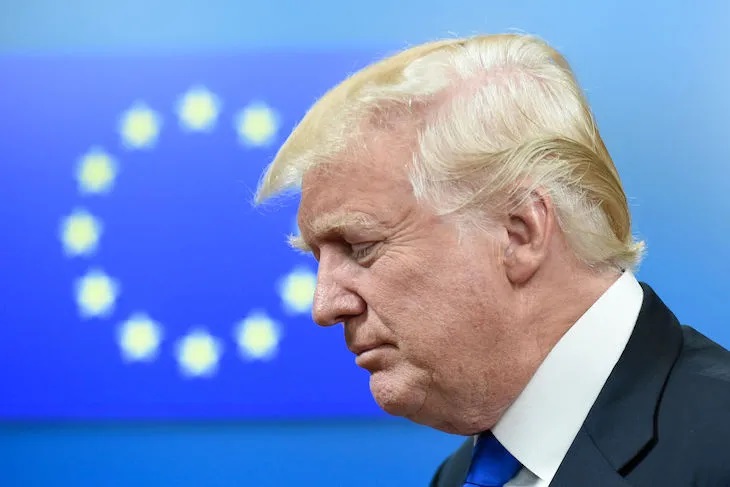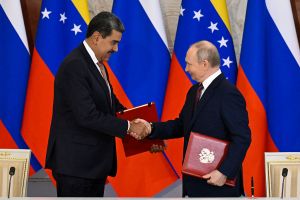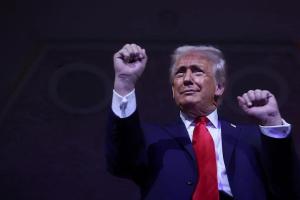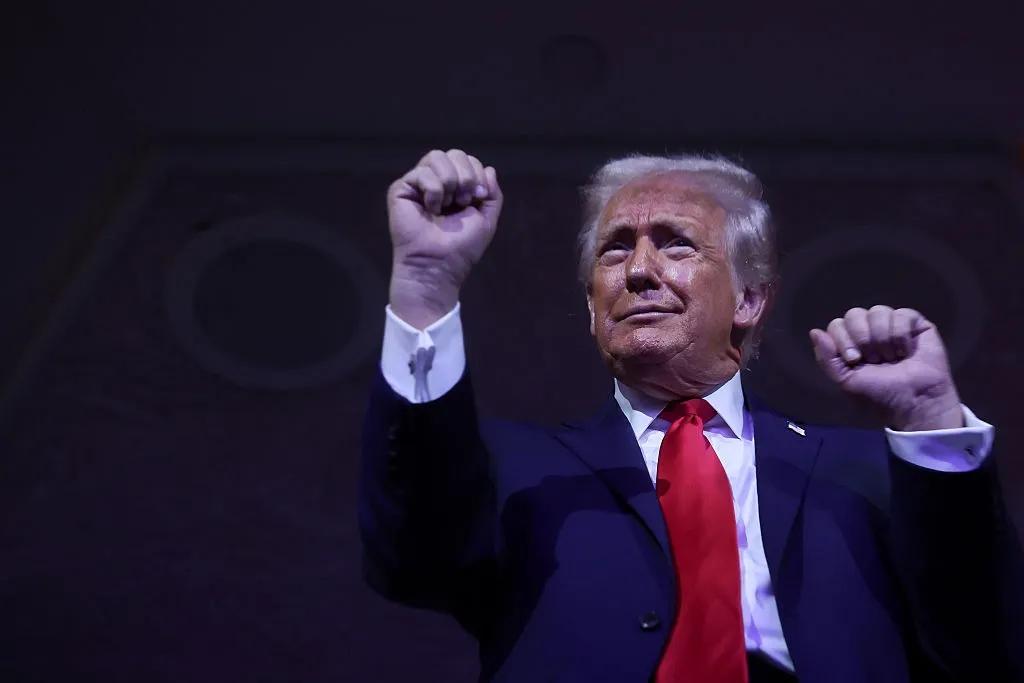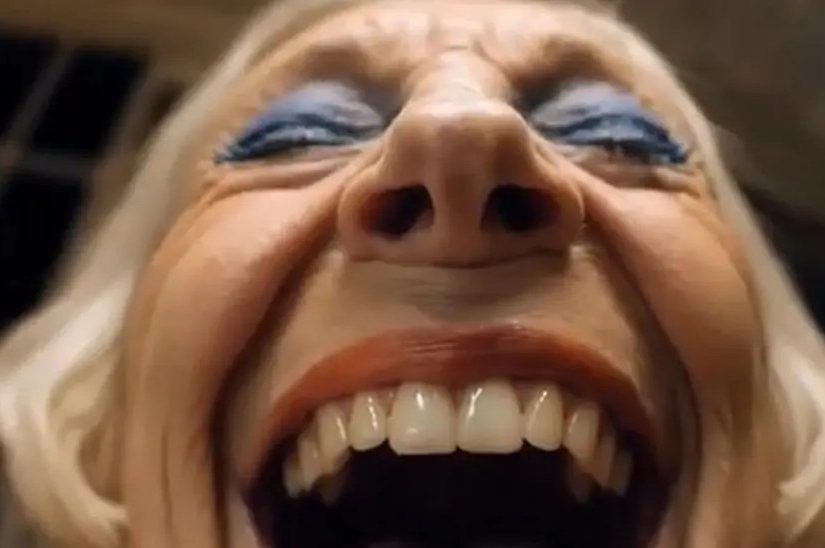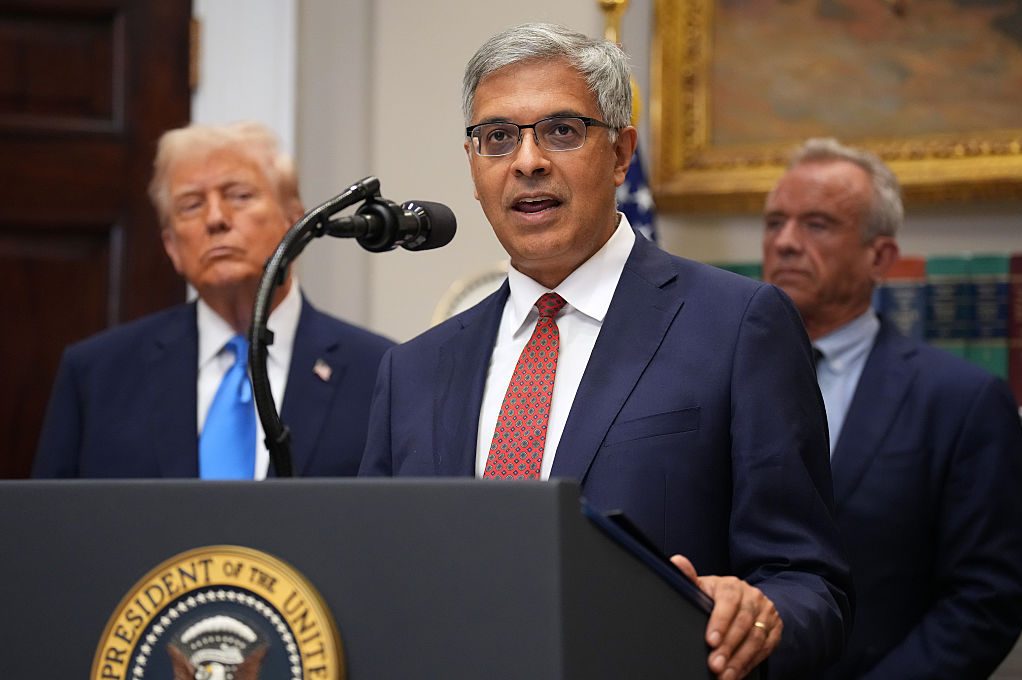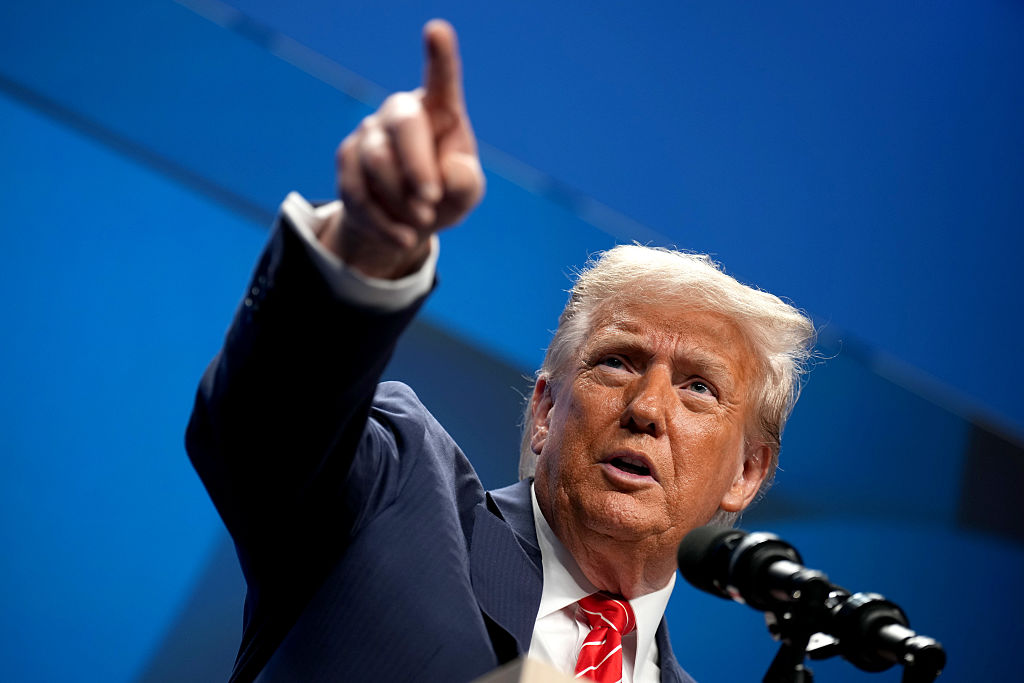A headline in a recent Washington Post op-ed declared that: “The Trump contagion is already in Europe — and it’s spreading.” The Post‘s European Affairs columnist, Lee Hockstader, who wrote the article, described the president-elect as “a dangerous role model to a rising cadre of European wannabes.” Sorry, Post. The US may have given Europe blue jeans, burgers, and bubble wrap, but Trump’s form of political leadership originated in Europe at the turn of this century. Its initial purveyors were Pim Fortuyn of Holland, France’s Jean-Marie Le Pen, and Jörg Haider of Austria.
They also knew, like Trump, how to engage with the masses, tapping into anger at the liberal elite
The charismatic Haider was profiled by the BBC in 2000, shortly after his Freedom Party had entered a coalition government following a strong performance in the previous year’s election.
“Haider’s rise to prominence has horrified many around the world…who regard him as an ambitious, racist opportunist,” wrote the BBC. “But to his supporters, he is a patriot who has dared to speak uncomfortable truths.”
Following Haider’s involvement in the coalition, the EU imposed sanctions on Austria — a decision that was questioned by some members of European Parliament. “I wonder at the wisdom of trying to combat intolerance with intolerance,” said Ireland’s Green MEP, Patricia McKenna. “Is the Haider Party getting more support because of the opposition of outside governments?”
The EU’s extraordinary response following Austrian voters’ choice appeared to strengthen resistance to Brussels’ illiberalism. In April 2002, far-right maverick Jean-Marie Le Pen stunned the French elite by reaching the second round of the presidential election; and in the same month, Dutch politician Pim Fortuyn was expected to win his country’s legislative election. That never happened; a far-left extremist shot him dead.
Haider, Fortuyn, and Le Pen were provocateurs who instinctively knew how to enrage the chattering classes. They also knew, like Trump, how to engage with the masses, tapping into anger at the liberal elite.
All three were Eurosceptics. In a speech in May 2005, shortly before France’s referendum on the EU Constitution, Le Pen outlined why the people should reject Brussels: “Unemployment has taken root on a structural basis, born of deindustrialization and the drastic downsizing of agriculture, commerce, and manufacturing industries,” she explained, “and aggravated by the massive arrival of immigrants.”
Le Pen concluded by declaring, “the European Union is a failure and a dead end. It is not equal to the challenges of our time.”
Nearly twenty years later, even committed Europhiles like Emmanuel Macron and Mario Draghi admit that the EU is fighting for survival. On Tuesday, the French president said that for too long, Europe has “avoided bearing the burden of its own security.” Standing alongside NATO chief Mark Rutte, Macron declared: “It’s the agenda of European strategic autonomy that will allow us to have more money, to build capacity and autonomy for the Europeans.”
However, there is a flaw in this vision: Europeans rarely reach agreement on anything. This may be on how best to tackle the migrant crisis or whether to recognize Palestine as a state. It could be divisions on imposing higher tariffs on Chinese imports or determining an approach to Vladimir Putin.
Then there’s the Green Deal, which has polarized the bloc, with some countries calling for a “regulatory pause” on further environmental regulations.
There is a flaw in this vision: Europeans rarely reach agreement on anything
On the question of LGBTQIA+ rights, there is discord. In Holland, for example, 95 percent of people believe LGBTQIA people should have the same rights as the heterosexual population; in Bulgaria, only 21 percent agree.
Generally, Eastern European countries appear more hostile to LGBTQIA+ rights than Western nations. The same goes for other progressive issues, like the Green Deal and support for Palestine.
There is also a geographical divide when it comes to Donald Trump. A Gallup poll conducted last month found that 69 percent of Western Europeans would have voted for Kamala Harris in the US election, and 16 percent for Trump. Among Eastern Europeans, 41 percent would have cast their ballot for the Democrat, and 36 percent for Trump. His biggest fanbases in the EU are in Hungary (49 percent) and Bulgaria (49 percent); Harris polled best in Denmark, Finland, and Sweden.
Institutionally, the EU is incapable of acting in unison, and far from bringing the bloc closer together, Trump might be the man to bring it crashing down. He has powerful admirers in Italy’s Giorgia Meloni, Viktor Orbán in Hungary, and Slovakian PM Robert Fico.
Meloni in particular — a friend of Elon Musk, Trump’s new efficiency czar — wants to position herself as the president-elect’s best friend in Europe. In 2018, when she was still a political unknown, she invited Steve Bannon to Rome. Trump’s former strategist likened her to the American president, saying she shared his “subversive” streak.
When Meloni was elected prime minister in 2022, Europe’s political and media class depicted her as a danger to democracy. This tactic was also deployed against Pim Fortuyn twenty years earlier. The Dutchman was treated with more impartiality in the US. Following Fortuyn’s murder, the New York Times wrote that while he could stray into demagoguery, his “more admirable side centered on massive contempt for the political correctness of Europe’s governing elites and an epiphany-like insight into what was uncomfortably on the minds of a lot of Dutch people.”
What was true of Fortuyn is true of Trump. The Trump “contagion” the Washington Post described didn’t start in America; it began in Europe a generation ago.
This article was originally published on The Spectator’s UK website.



